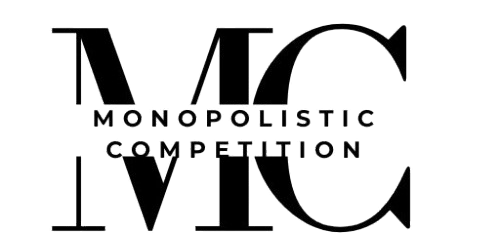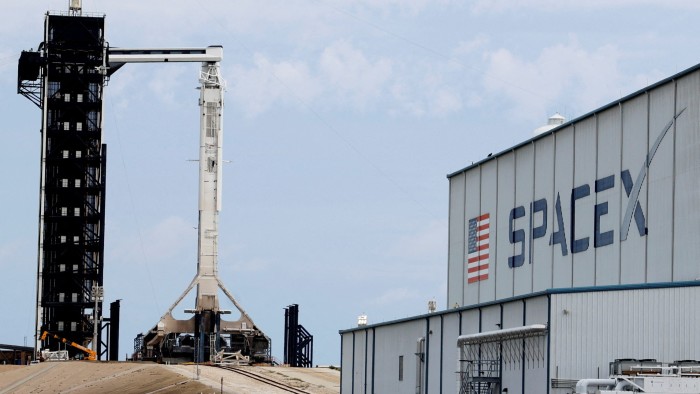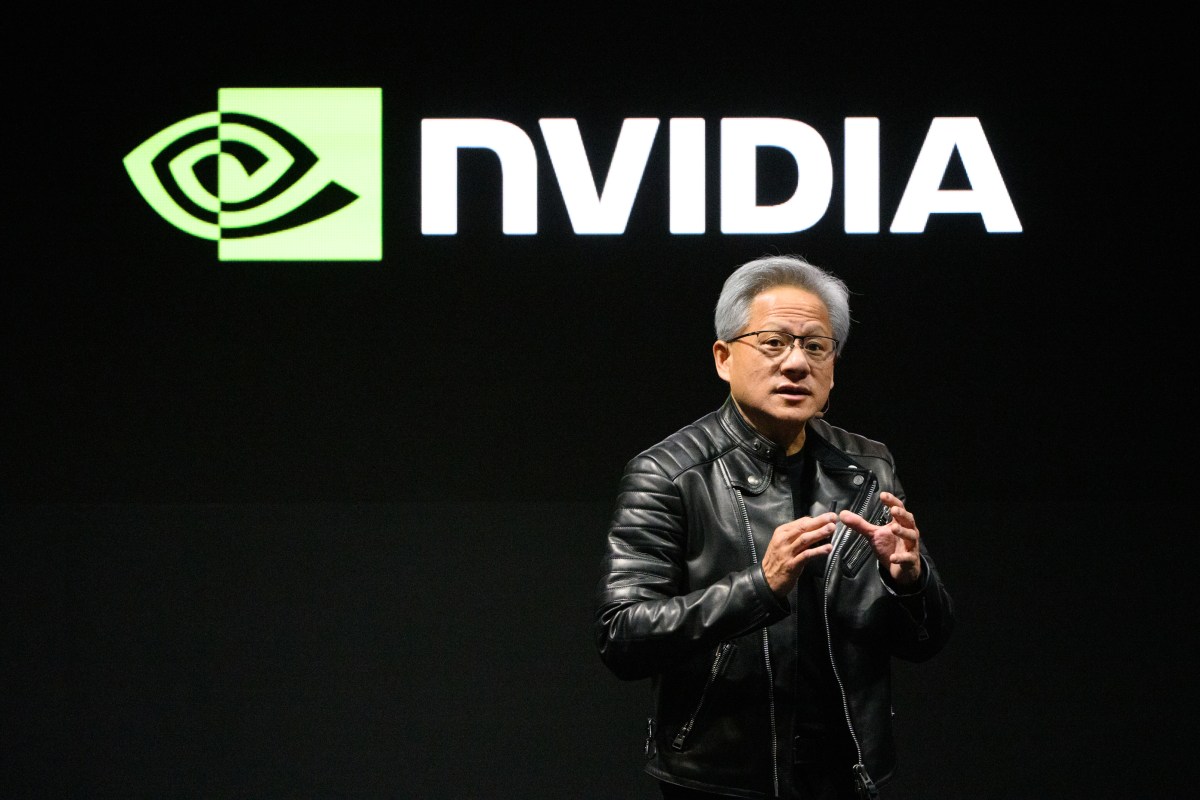Unlock the Editor’s Digest for free
Roula Khalaf, Editor of the FT, selects her favourite stories in this weekly newsletter.
The number of active venture capital investors has dropped by more than a quarter from a peak in 2021, as risk-averse financial institutions focus their money on the biggest firms in Silicon Valley.
The tally of VCs investing in US-headquartered companies dropped to 6,175 in 2024 — meaning more than 2,000 have fallen dormant since a peak of 8,315 in 2021, according to data provider PitchBook.
The trend has concentrated power among a small group of mega-firms and has left smaller VCs in a fight for survival. It has also skewed the dynamics of the US venture market, enabling start-ups such as SpaceX, OpenAI, Databricks and Stripe to stay private for far longer, while thinning out funding options for smaller companies.
More than half of the $71bn raised by US VCs in 2024 was pulled in by just nine firms, according to PitchBook. General Catalyst, Andreessen Horowitz, Iconiq Growth and Thrive Capital alone raised more than $25bn in 2024.
Many firms threw in the towel in 2024. Countdown Capital, an early-stage tech investor, announced it would wind down and return uninvested capital to its backers in January. Foundry Group, an 18-year-old VC with about $3.5bn in assets under management, said that a $500mn fund raised in 2022 would be its last.
“There is absolutely a VC consolidation,” said John Chambers, former chief executive of Cisco and the founder of start-up investment firm JC2 Ventures.
“The big guys [like] Andreessen Horowitz, Sequoia [Capital], Iconiq, Lightspeed [Venture Partners] and NEA will be fine and will continue,” he said. But he added that those venture capitalists who failed to secure big returns in a low-interest rate environment before 2021 were going to struggle as “this is going to be a tougher market”.
One factor is a dramatic slowdown in initial public offerings and takeovers — the typical milestones at which investors cash out of start-ups. That has staunched the flow of capital from VCs back to their “limited partners” — investors such as pension funds, foundations and other institutions.

“The time to return capital has elongated a lot across the industry over the last 25 years,” said an LP in a number of large US venture firms. “In the 1990s it probably took seven years to get your money back. Now it’s probably more like 10 years.”
Some LPs have run out of patience. The $71bn raised by US firms in 2024 is a seven-year low and less than two-fifths the total haul in 2021.
Smaller, younger venture firms have felt the squeeze most acutely, as LPs chose to allocate to those with a longer record and with whom they have pre-existing relationships, rather than take a risk on new managers or those who have never returned capital to their backers.

“No one gets fired for putting money into Andreessen or Sequoia Capital,” said Kyle Stanford, lead VC analyst at PitchBook. “If you don’t sign on [to invest in their current fund] you might lose your spot in the next one: that’s what you get fired for.”
Stanford estimated that the failure rate for mid-sized VCs would accelerate in 2025 if the sector could not find a way to increase its returns to LPs.
“VC is and will remain a rarefied ecosystem where only a select cadre of firms consistently access the most promising opportunities,” wrote 24-year-old venture firm Lux Capital to its LPs in August. “The vast majority of new participants engage in what amounts to a financial fool’s errand. We continue to expect the extinction of as many as 30-50 per cent of VC firms.”












Leave a Reply